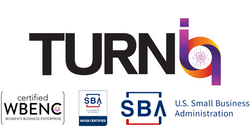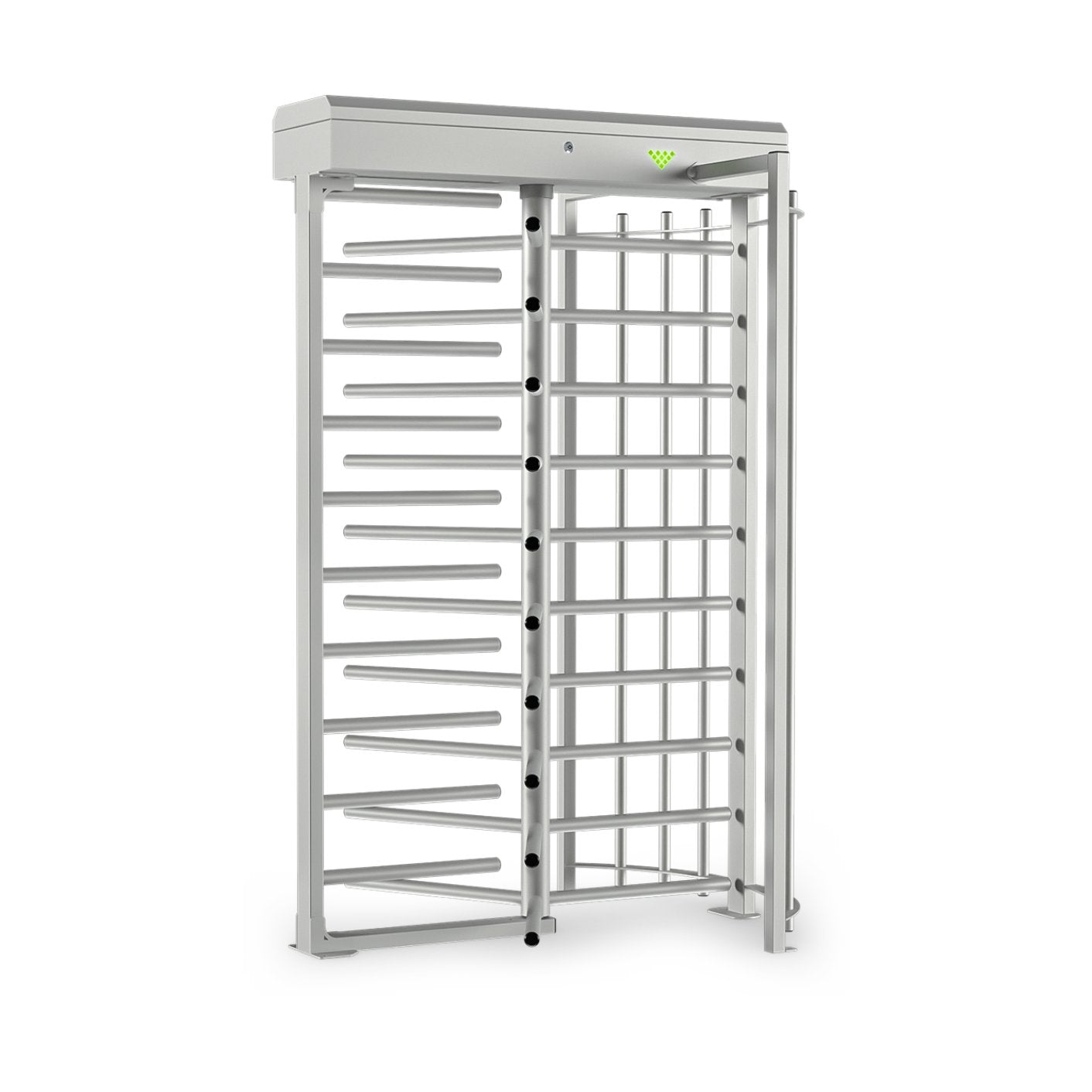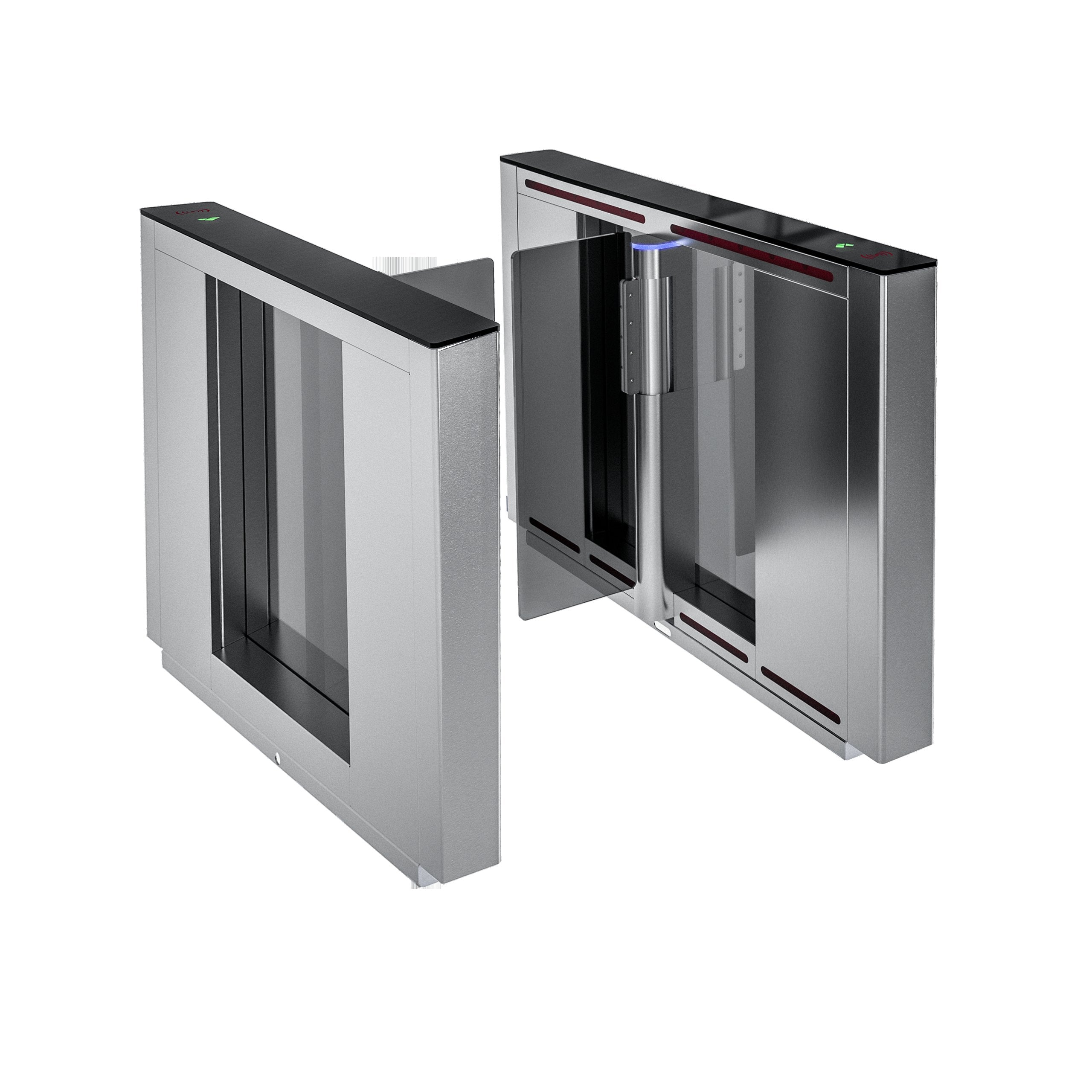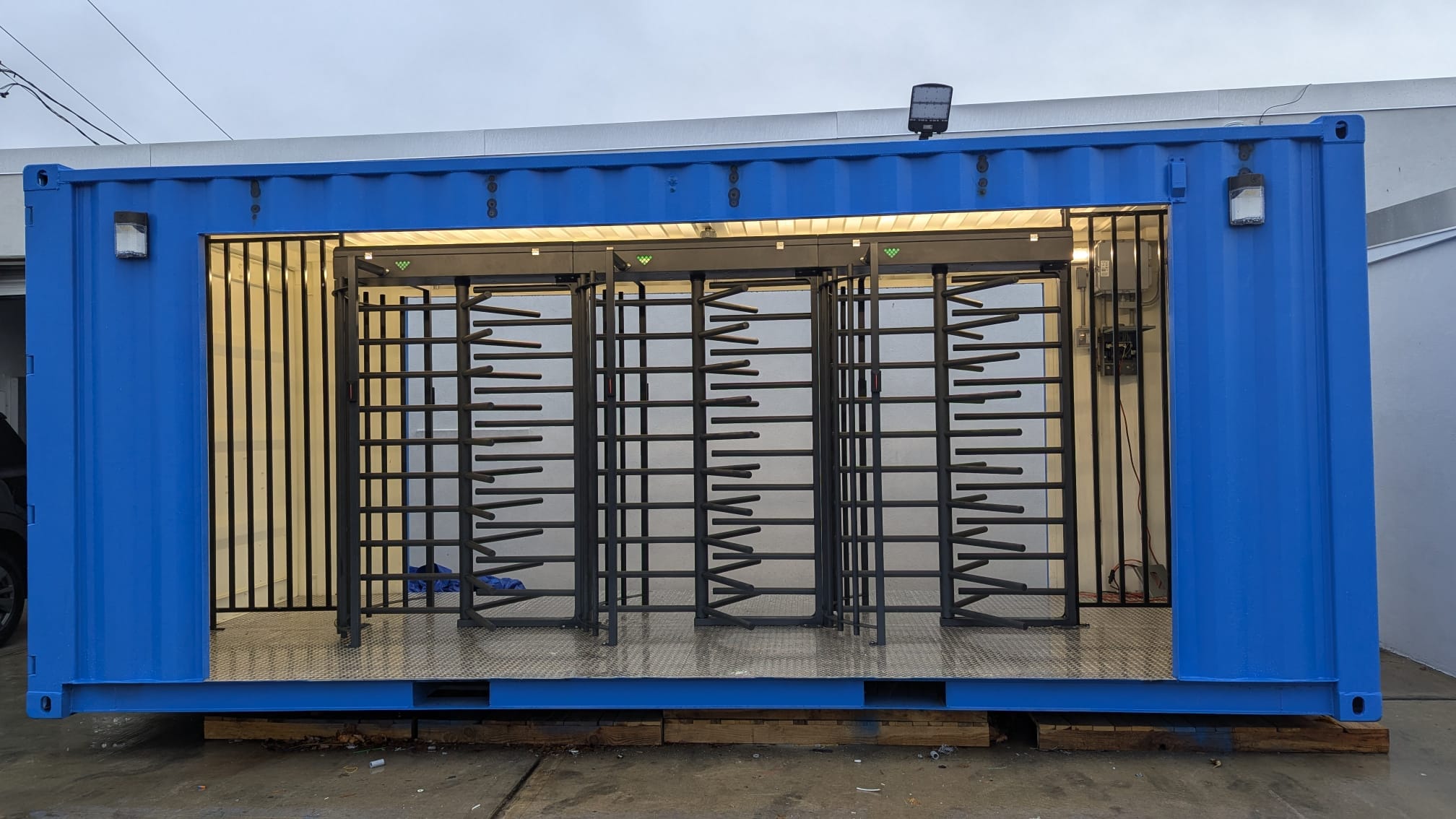Full-Height Turnstiles vs. Half-Height Turnstiles: Which One is Right for Your Facility?
Understanding Full-Height Turnstiles
Design and Functionality
Applications and Use Cases
Understanding Half-Height Turnstiles
Design and Functionality
Applications and Use Cases
Comparing Security Levels
Full-Height Turnstiles for Maximum Security
Half-Height Turnstiles for Controlled Access
Space and Aesthetic Considerations
Full-Height Turnstiles: Space-Intensive and Robust
Half-Height Turnstiles: Compact and Versatile
Cost and Maintenance Implications
Cost of Full-Height Turnstiles
Cost of Half-Height Turnstiles
Conclusion: Choosing the Right Turnstile for Your Needs
When it comes to securing access points and managing pedestrian traffic in various facilities, turnstiles are a popular choice. They come in different types and sizes, each offering distinct features to meet specific security needs.
Two common types are full-height turnstiles and half-height turnstiles. While both serve the purpose of controlling access, they differ in design, security level, and application.
This article compares full-height turnstiles with half-height turnstiles to help you determine which one is better suited for your facility.
Understanding Full-Height Turnstiles
Full-height turnstiles are often referred to as “man-traps” due to their imposing structure that creates a physical barrier from floor to ceiling.
Design and Functionality
Full-height turnstiles are designed to provide maximum security. They typically feature a robust, cage-like structure that spans from the floor to a height that prevents individuals from climbing over. These turnstiles rotate when an authorized user is granted access, allowing only one person to pass at a time.
Applications and Use Cases
Full-height turnstiles are ideal for high-security areas where preventing unauthorized entry is crucial. They are commonly installed in environments such as factories, data centers, correctional facilities, and stadiums. Their design makes it nearly impossible for individuals to bypass the system, which makes them well-suited for locations that need strict access control.
Understanding Half-Height Turnstiles

Half-height turnstiles are less imposing than their full-height counterparts, often coming up to waist or chest height.
Design and Functionality
Half-height turnstiles are designed to provide a balance between security and accessibility. These turnstiles consist of rotating arms that allow a single person to pass after presenting a valid credential, such as a key card or access code. They are available in several designs, including tripod turnstiles, swing gates, and flap barriers.
Applications and Use Cases
Half-height turnstiles are commonly found in places where a visible deterrent is needed, but not at the cost of a welcoming environment. They are often used in office buildings, sports facilities, and public transportation stations. Their compact design allows for efficient pedestrian flow while maintaining a moderate level of security.
Comparing Security Levels
The primary difference between full-height and half-height turnstiles lies in the level of security they provide.
Full-Height Turnstiles for Maximum Security
Full-height turnstiles are designed to provide a high level of security. Their floor-to-ceiling structure makes them effective in preventing tailgating or unauthorized access. This is particularly important in areas where security personnel may not always be present to monitor access. Full-height turnstiles also serve as a visual deterrent, making it clear that unauthorized entry is not an option.
Half-Height Turnstiles for Controlled Access
While half-height turnstiles provide a level of controlled access, they do not offer the same security as full-height turnstiles. They can prevent casual intruders but are more vulnerable to determined efforts to bypass them, such as jumping over or crawling under. However, for locations where security needs are moderate and ease of access is important, half-height turnstiles offer a practical solution.
Space and Aesthetic Considerations
The physical footprint and aesthetic impact of turnstiles can play a significant role in determining which type is suitable for a facility.
Full-Height Turnstiles: Space-Intensive and Robust
Full-height turnstiles require more space due to their size and structure. They can appear imposing, which is ideal for high-security locations but may not be suitable for environments where a welcoming atmosphere is desired. Their rugged design also means they are often used in outdoor settings, exposed to various weather conditions without compromising functionality.
Half-Height Turnstiles: Compact and Versatile
Half-height turnstiles take up less space and are generally more visually appealing. They can be integrated seamlessly into modern architectural designs, providing security without being overly intrusive. This makes them a popular choice for environments where maintaining a positive visitor experience is essential, such as corporate offices or public attractions.
Cost and Maintenance Implications
The cost and maintenance requirements of turnstiles are also key considerations for facility managers.
Cost of Full-Height Turnstiles
Full-height turnstiles tend to be more expensive to purchase and install due to their size and the materials required. However, they offer a long-term solution that requires minimal maintenance. Because they are built for durability, particularly in high-traffic or outdoor areas, their initial investment is often justified by their longevity and low upkeep needs.
Cost of Half-Height Turnstiles
Half-height turnstiles are typically less expensive upfront compared to full-height models. They are also easier to install, which can reduce labor costs. However, depending on the model and environment, they may require more frequent maintenance, especially if they are equipped with electronic components like biometric scanners or RFID readers.
Conclusion: Choosing the Right Turnstile for Your Needs
When deciding between full-height and half-height turnstiles, the key is to assess the specific needs of your facility. If your priority is maximum security and you’re dealing with high-risk areas, full-height turnstiles are the way to go—they provide a formidable barrier that’s tough to breach.
On the other hand, if you’re looking for a solution that balances security with aesthetics and space efficiency, half-height turnstiles might be your best bet. In the end, it’s not just about picking a turnstile; it’s about choosing the right level of control for the flow of people into your world.





